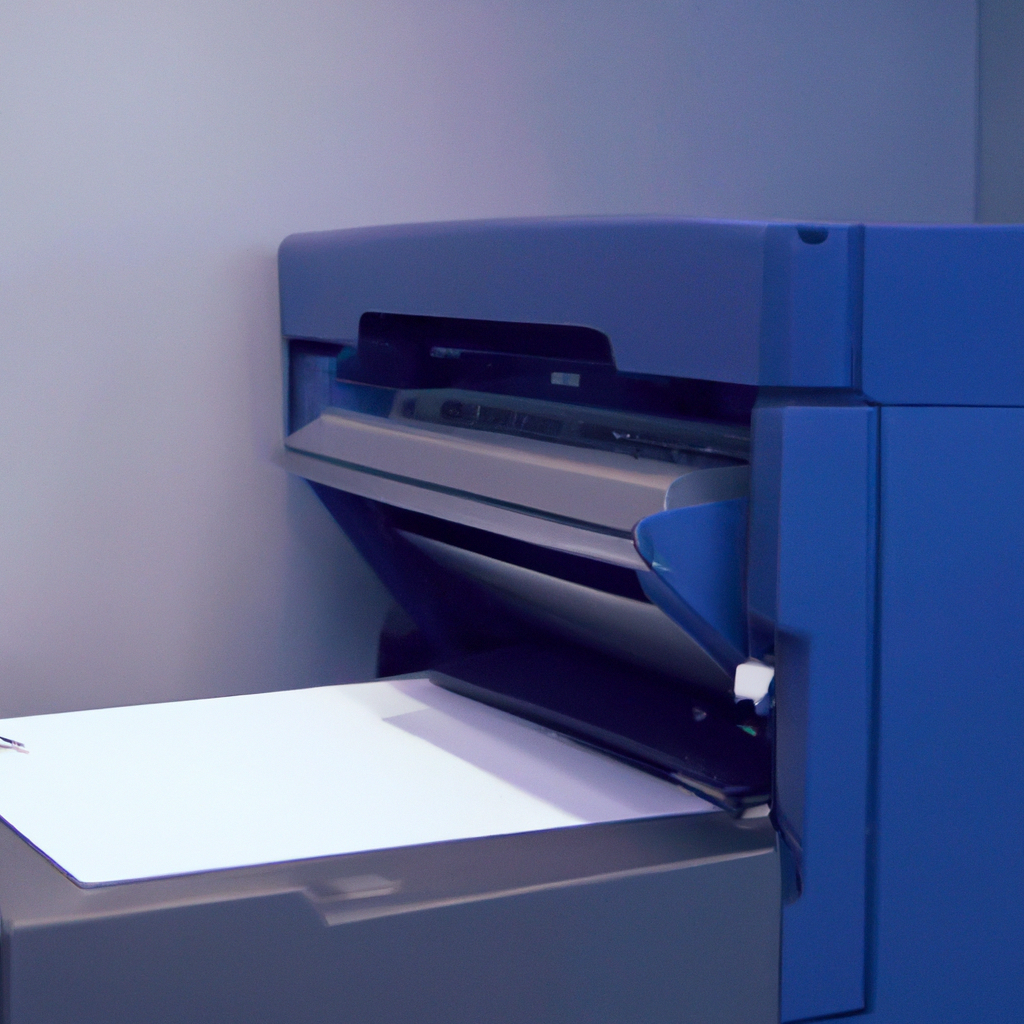A photocopier is an essential piece of office equipment that is used to make copies of documents. Photocopiers are found in almost every office, school, and library around the world. They use advanced technology to produce high-quality copies of documents in just a few seconds. In this article, we will discuss in detail how a photocopier copies documents.
Understanding the Photocopier
Before we delve into the process of copying documents, it is essential to understand how a photocopier works. A photocopier is a machine that uses the process of electrostatic printing to produce copies of documents. The photocopier consists of several important components, including:
1. Light source: This component scans the document to be copied and converts it into an electronic image.
2. Photoconductor drum: This component is responsible for creating an electrostatic charge on the surface of the drum.
3. Toner: This component is a dry powder that contains pigments and a binding agent. It is used to create an image on the paper.
4. Fuser: This component melts the toner onto the paper.
5. Paper Tray: This component holds the paper that is to be printed on.
The Process of Copying Documents
Now that we have an understanding of the photocopier’s components let’s take a closer look at how a photocopier copies documents.
1. Scanning the Document
The first step in the photocopying process is to scan the document that needs to be copied. The document is placed on the glass surface of the photocopier, and the light source scans the document, converting it into an electronic image.
2. Charging the Drum
After scanning the document, the photoconductor drum is charged. The drum is coated with a layer of photoconductive material that becomes electrically charged when exposed to light. The light source in the photocopier discharges the drum’s surface, creating an electrostatic charge on the surface of the drum.
3. Applying Toner
Once the drum has been charged, toner is applied to the surface of the drum. The toner is attracted to the charged areas of the drum, forming an electrostatic image of the document.
4. Transferring the Image
After the toner has been applied, the photocopier transfers the toner image from the drum to the paper. The paper is fed through the photocopier, and the toner is transferred to the paper.
5. Fusing the Toner
Once the toner has been transferred to the paper, the paper passes through the fuser. The fuser uses heat and pressure to melt the toner onto the paper, creating a permanent image.
6. Ejecting the Paper
Finally, the paper is ejected from the photocopier, and the copying process is complete.
Final Thoughts
In conclusion, a photocopier is a vital piece of office equipment that uses advanced technology to produce high-quality copies of documents quickly. The photocopying process involves several critical components, including the light source, photoconductor drum, toner, fuser, and paper tray. Understanding how a photocopier works can help you troubleshoot any issues that may arise and ensure that your photocopier is running smoothly.







